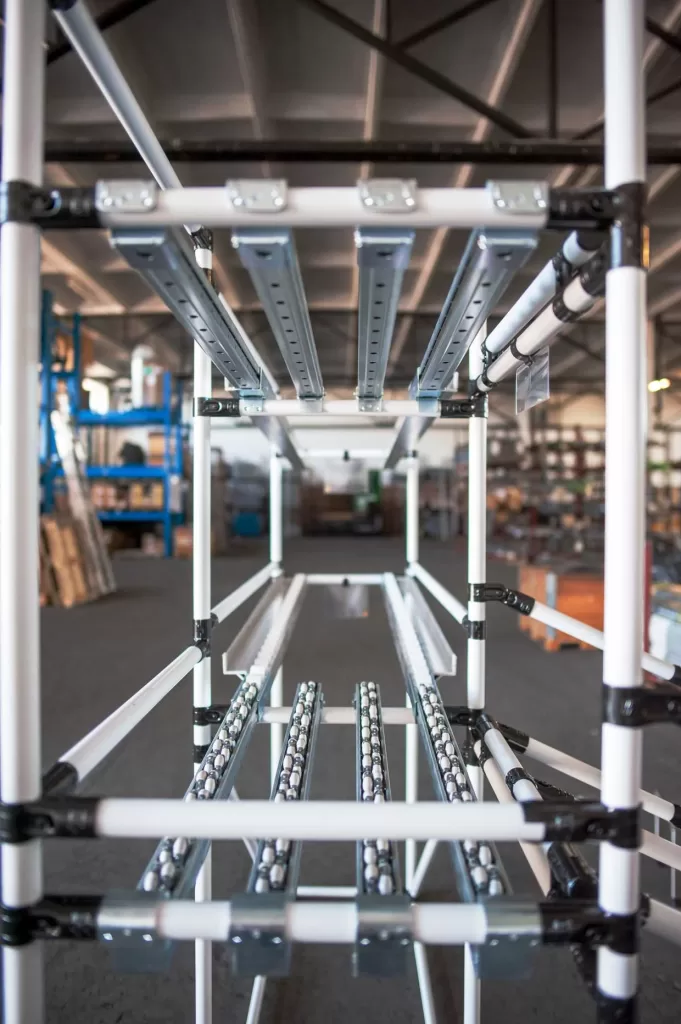Lean solutions
The basis of lean production.
The foundation of lean production
SK offers a wide range of lean solutions to help you put the principles of lean production into practice: racking systems, flow racks, workstations, assembly lines, transport and material carts, all designed to maximize productivity, increase output and reduce employee workload. Key factors such as ergonomics, process optimization and flexible accessory options also play a vital role. With SK lean solutions, your company will no longer have obstacles standing in the way of achieving lean manufacturing. Think lean, be lean.
Lean production offers several advantages for businesses looking to streamline their operations, improve efficiency, and reduce waste. Here are some of the key benefits:
Reduced Waste
Improved Efficiency
Cost Savings
Higher Quality
Better Flexibility and Adaptability
Faster Lead Times
Improved Customer Satisfaction
Standardization of Work
Sustainability
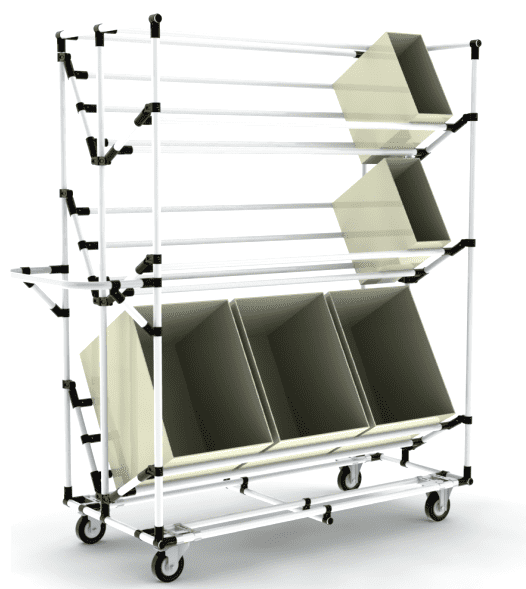
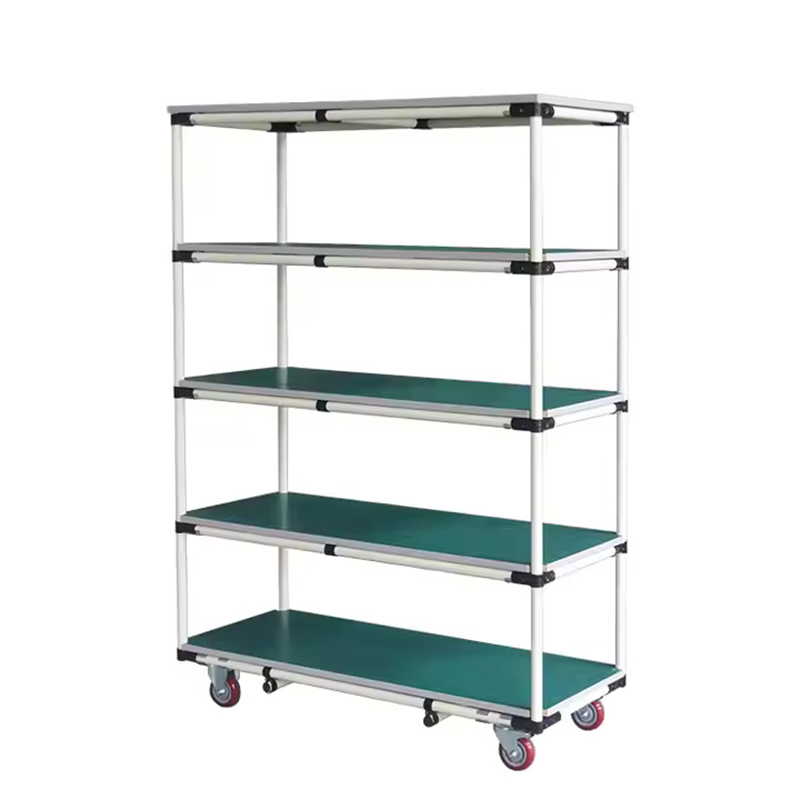
Modular rack systems are used in the field of lean management wherever there are customer-specific requirements regarding dimensions (length, width and height), the number of levels, cantilevers or roller conveyors, the load capacity and flexibility. As a rule, the dimensions, the weight and the nature of the load carriers and materials determine the structure of the racking.
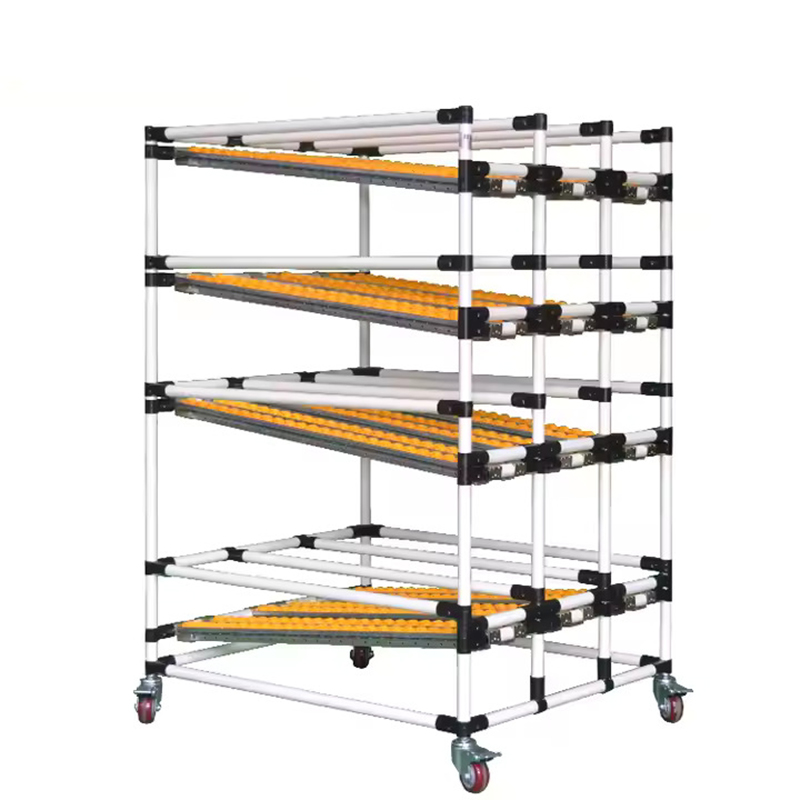
Flow racks are rack and storage systems that move load carriers by means of gravity and ensure the FIFO principle (= first-in, first-out).
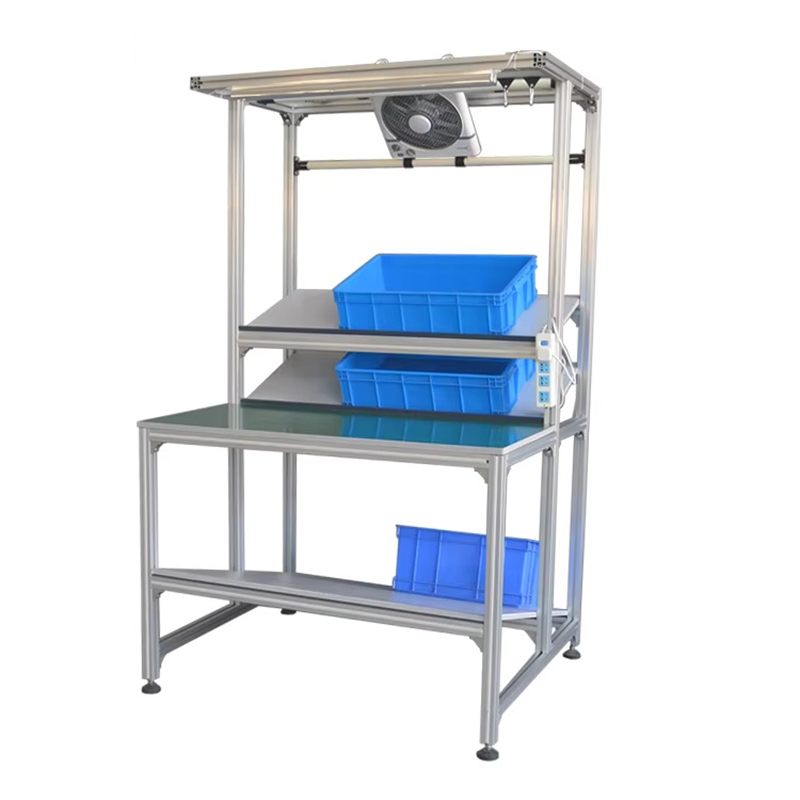
Workplace systems form the basis for the vast majority of assembly for industrial use, packaging and testing activities in production. Industrial workstations can stand alone or combine entire processes and successive processing steps in the form of an assembly line.
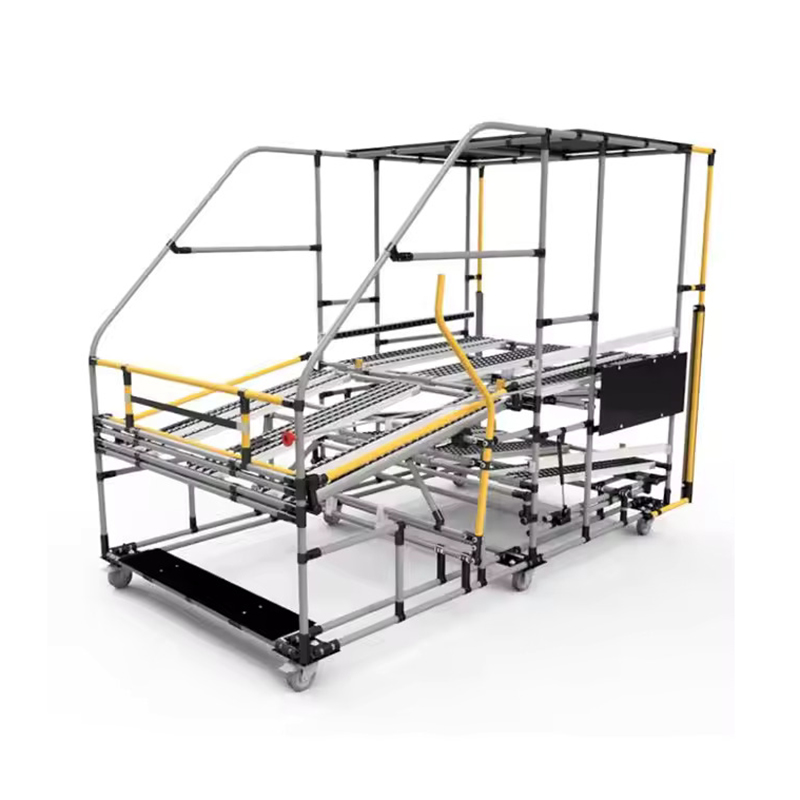
The term karakuri describes a type of lean automation that uses the laws of mechanics and gravity alone to handle load carriers .A Karakuri corresponds to the lean philosophy as well as the basic idea of lean production of bundling existing resources (here: gravity and the dead weight of a box) and using them intelligently.
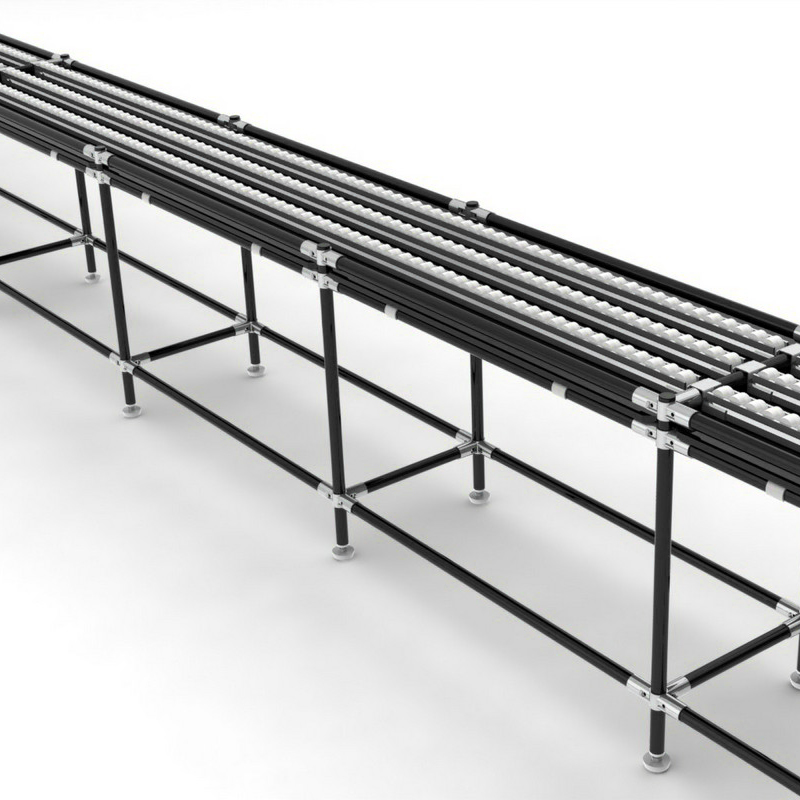
Roller conveyors are conveyor systems that move load carriers from A to B over a certain distance with the help of roller tracks. Depending on the length and height of a conveyor line, individual load carriers can be moved by gravity alone.
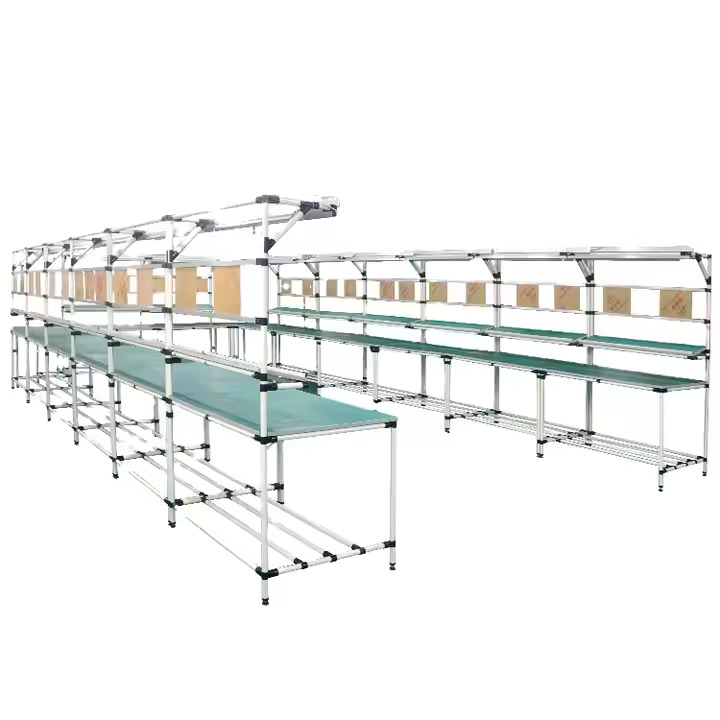
Assembly lines are a combination of individual assembly workplaces or work areas that optimally reproduce successive assembly and process steps in production. Worker assemble individual parts, parts of a product or subassemblies in subsequent steps.
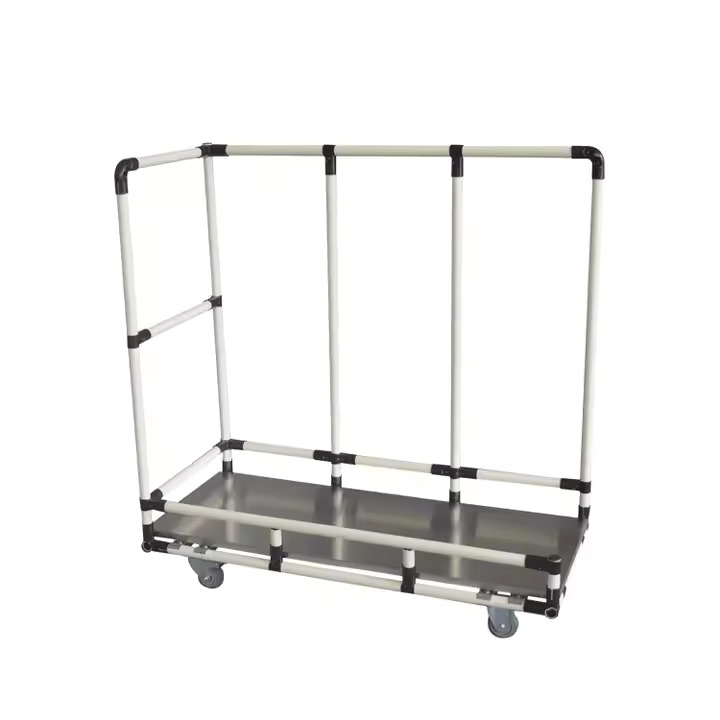
Transport carts and material trolleys are the central element of intralogistics for the provision and intermediate storage of goods. They are mostly characterised by a compact and robust design and have wheels (e.g. swivel casters) that are adapted to the load as well as to the place of use.
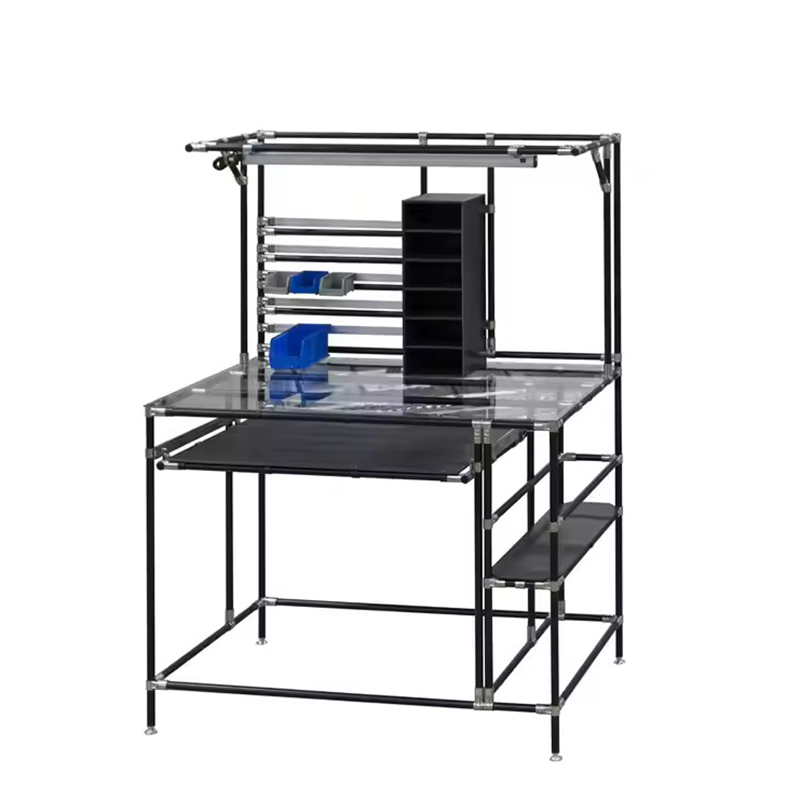
A well-designed packing table is essential for efficient packing processes and a smooth flow through to dispatch. Our modular and ergonomic work tables and special packing tables ensure smooth operation, reduce waiting times and increase productivity in your company.
What is Lean Production & Lean Manufacturing?
Lean Production is a management philosophy rooted in maximizing value creation while systematically eliminating inefficiencies across all operational stages, from product design to logistics. Originating from the Toyota Production System (TPS) in the mid-20th century, it emphasizes reducing waste—classified into seven categories, including overproduction, defects, and idle time—while fostering a culture of continuous improvement (Kaizen). The core objective is to align processes with customer needs using minimal resources, ensuring agility and sustainability in dynamic markets.
Lean Manufacturing, the practical application of Lean Production principles, focuses specifically on optimizing manufacturing workflows. By integrating tools like Just-in-Time production, 5S workplace organization, and Kanban systems, it targets waste reduction in material usage, labor, and time. Modern implementations leverage digital tools (e.g., AI-driven analytics and IoT sensors) to enhance precision, enabling companies to produce higher-quality goods at lower costs while reducing environmental impact. Together, these frameworks prioritize efficiency, adaptability, and long-term value in global industries.
